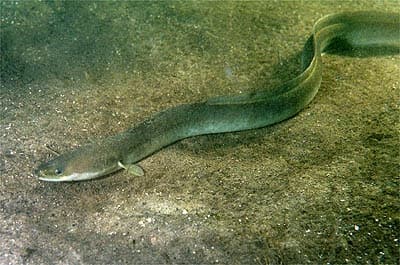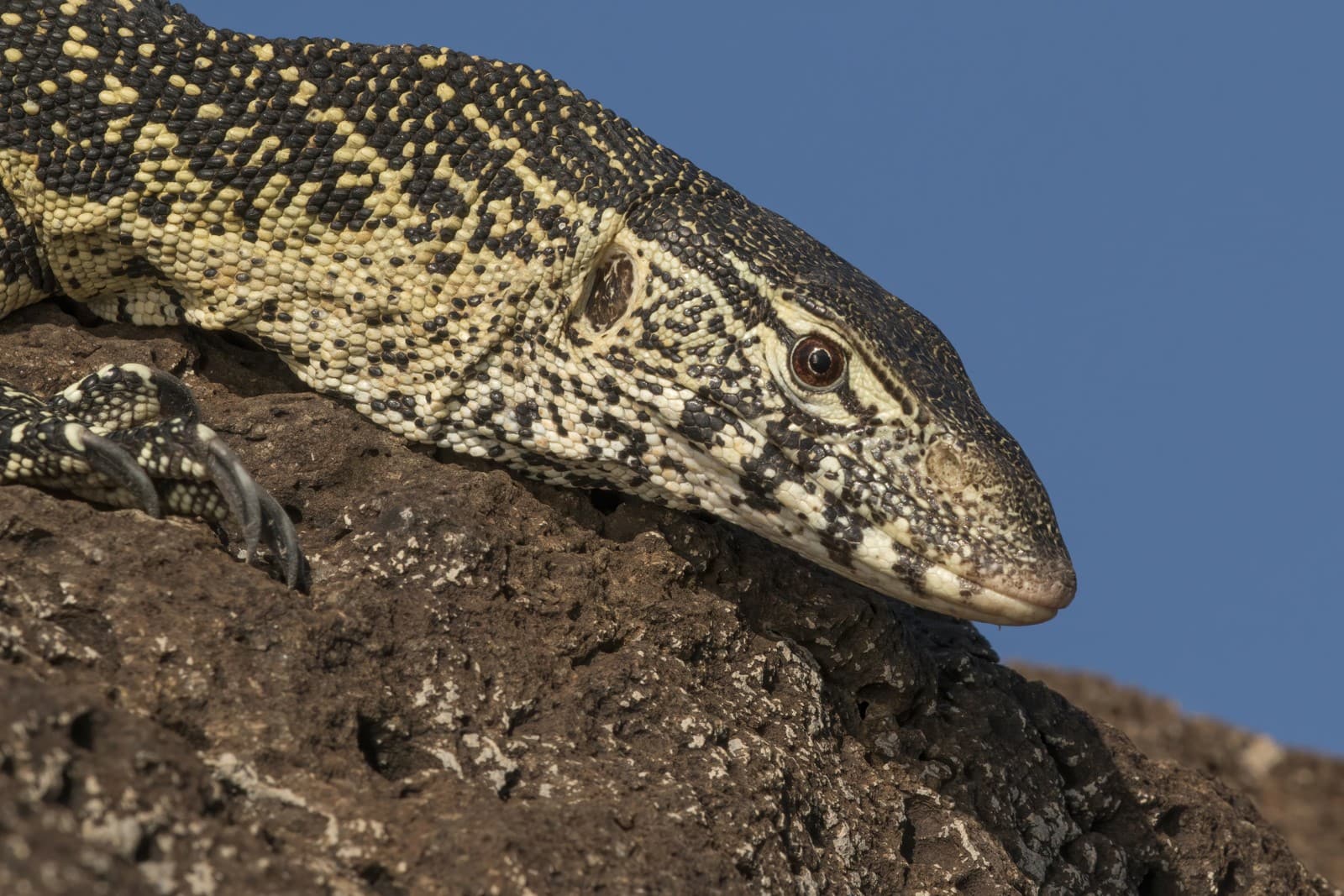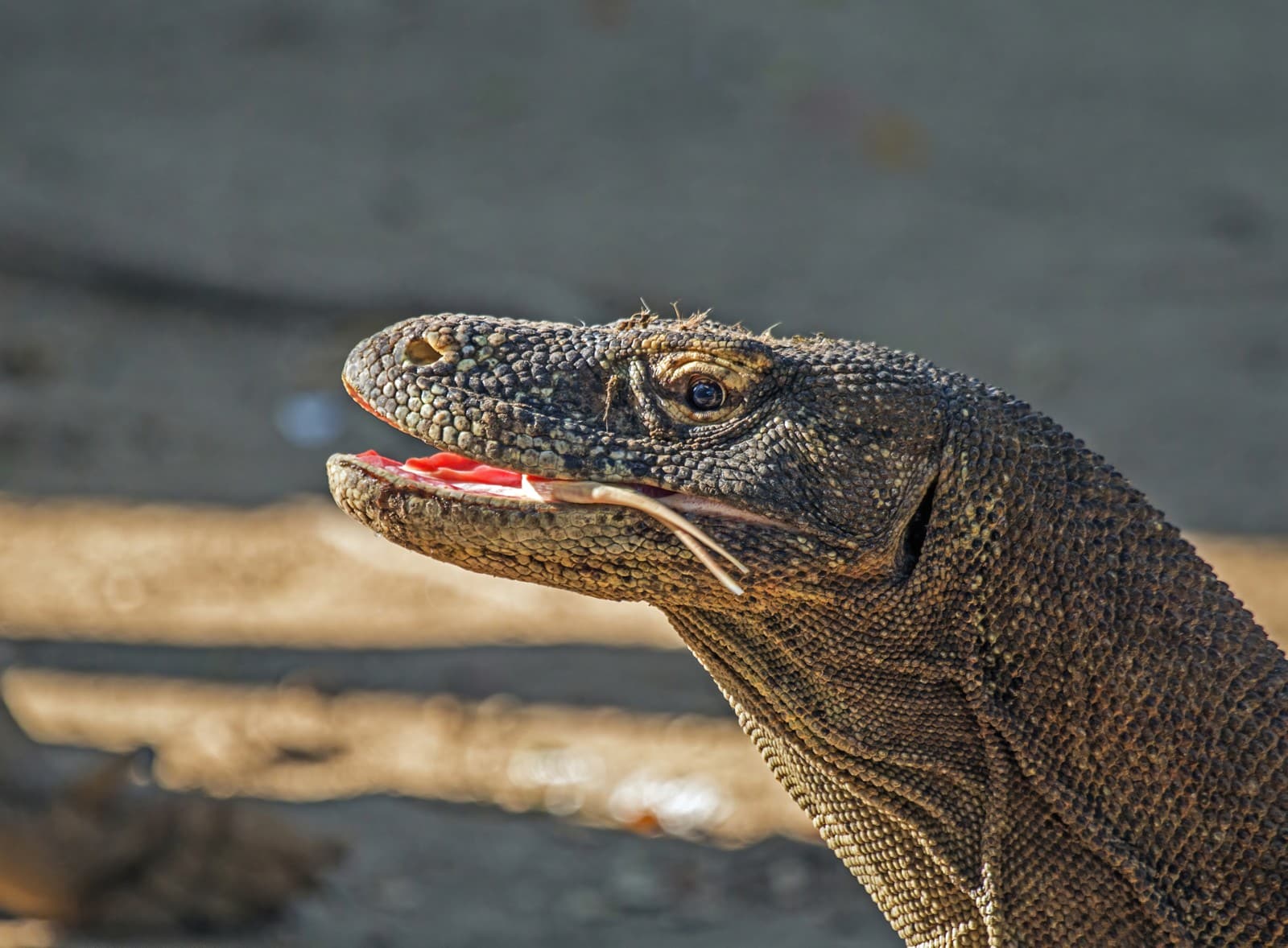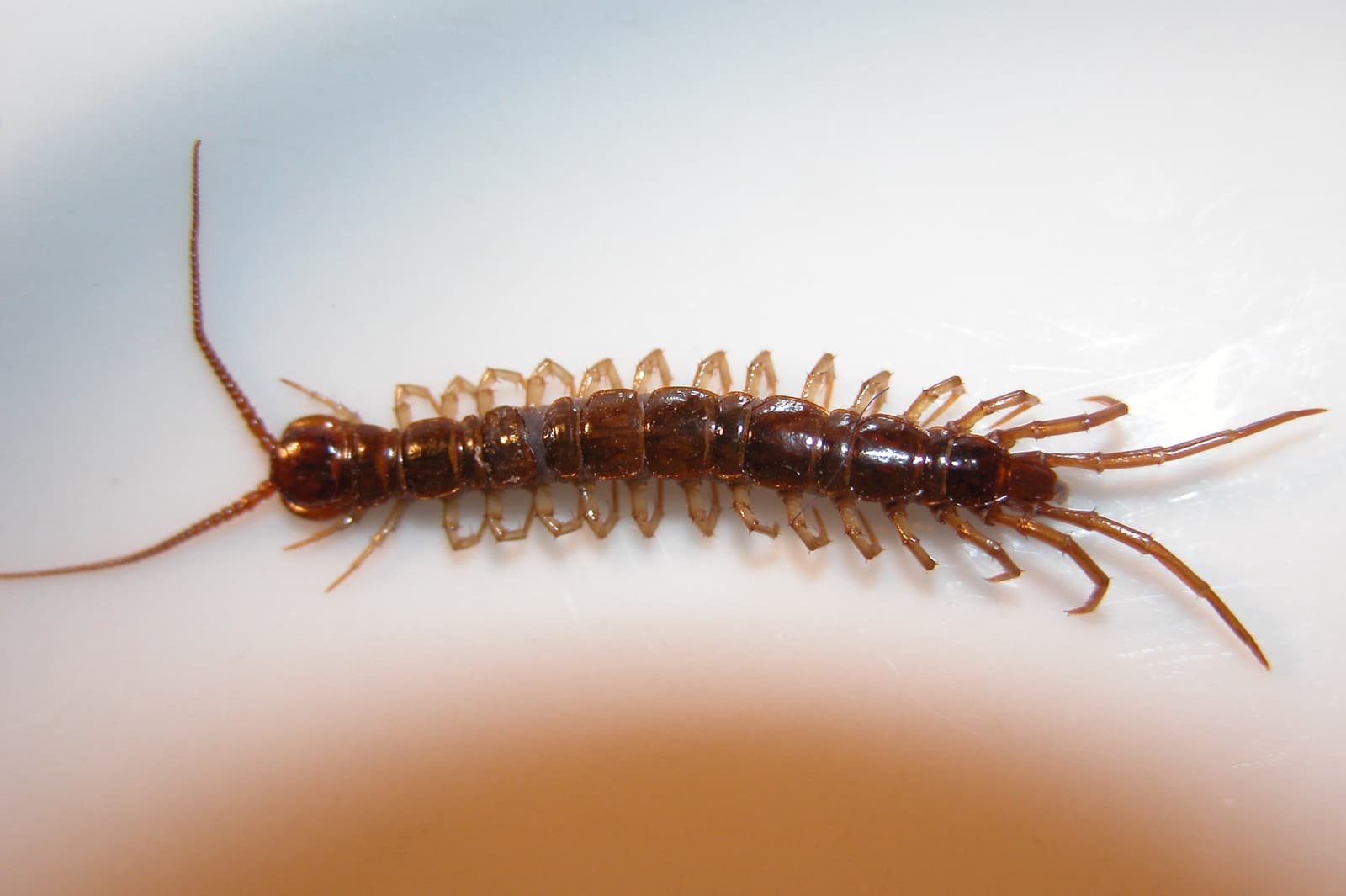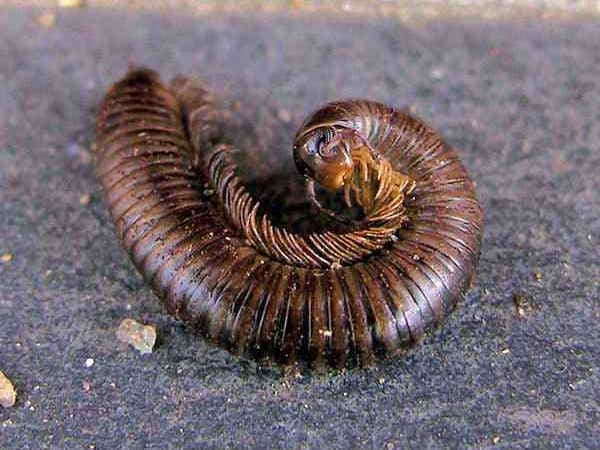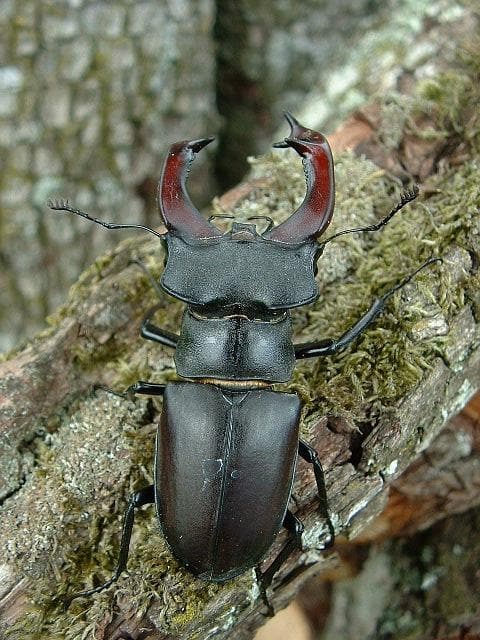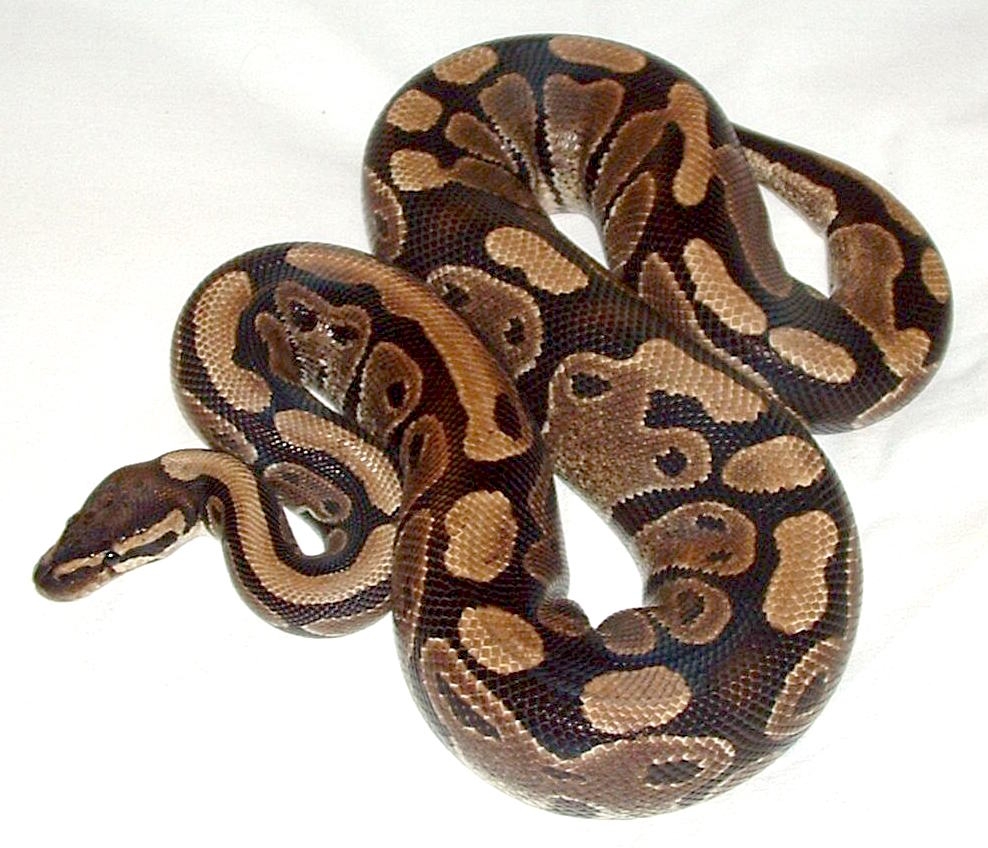Sea Snake vs Eel: A Complete Comparison
Despite their serpentine appearance, sea snakes and eels represent two fundamentally different marine creatures. Sea snakes are true reptiles equipped with potent venom, while eels are fish that belong to the order Anguilliformes. The average sea snake measures 4-5 feet (1.2-1.5 meters) in length, whereas common eels typically reach 2-3 feet (0.6-0.9 meters), though some species can grow considerably larger.
These remarkable creatures have evolved similar body shapes through convergent evolution, but their internal anatomy, breathing mechanisms, and hunting strategies couldn’t be more different. While both are masterful swimmers, their evolutionary paths have led to distinct adaptations that set them apart in fascinating ways.
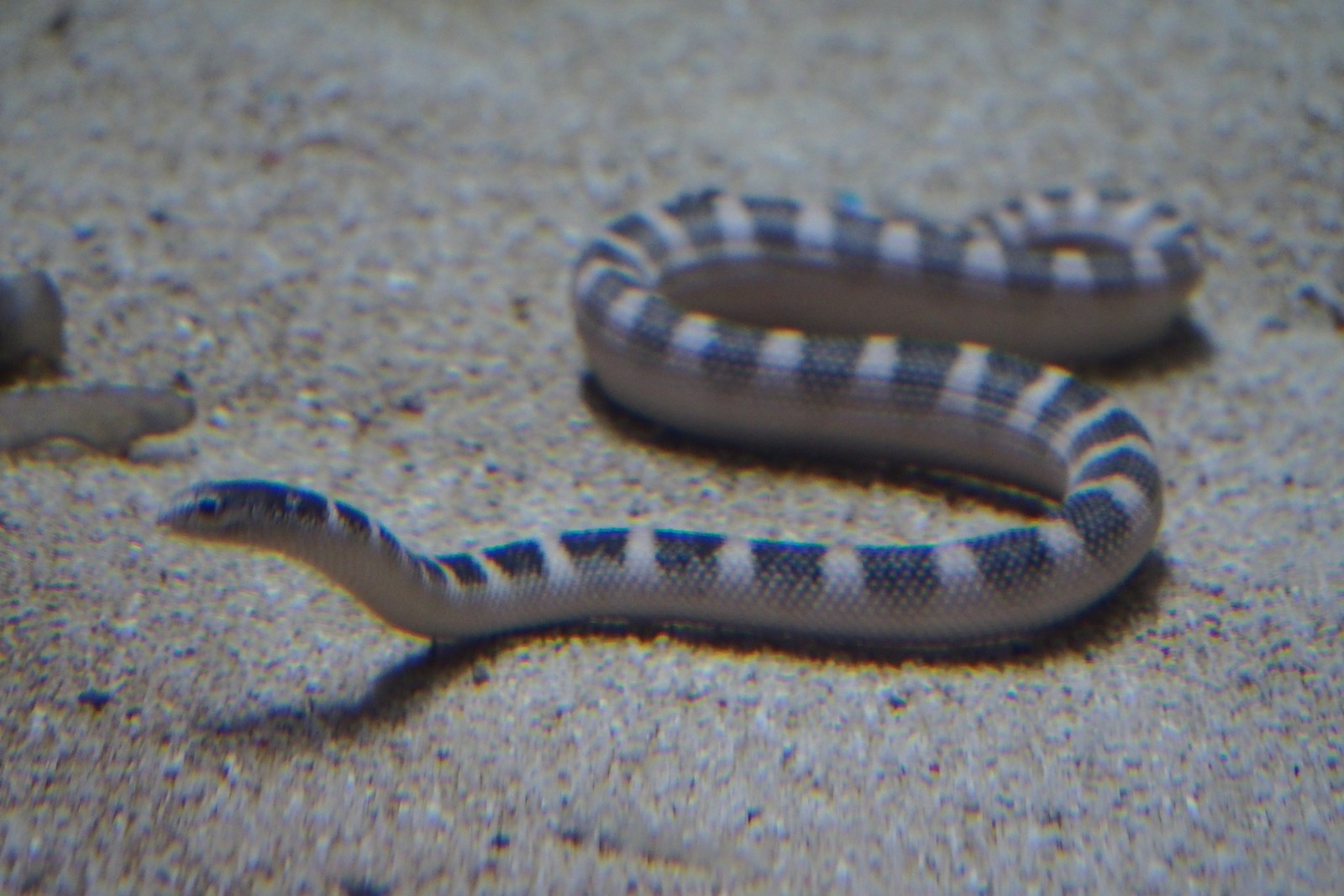
© harum.koh from Kobe city, Japan / CC BY-SA 2.0
The Yellow-lipped Sea Krait exemplifies classic sea snake characteristics with its distinctive banded pattern and paddle-shaped tail, adaptations that make it a highly efficient marine predator.
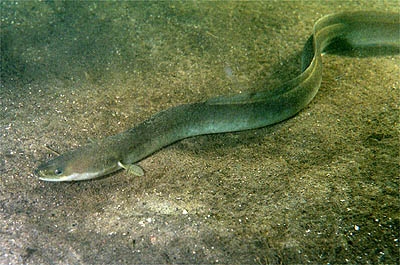
© GerardM / CC BY-SA 3.0
The European eel demonstrates the typical fish characteristics that distinguish eels from sea snakes, including continuous fins and gill openings for underwater breathing.
Key Differences Between Sea Snakes and Eels
| Feature | Sea Snake | Eel |
|---|---|---|
| Classification | Reptile (Suborder Serpentes) | Fish (Order Anguilliformes) |
| Breathing | Must surface for air using lungs | Breathes underwater using gills |
| Venom | Highly venomous (most species) | Non-venomous |
| Scales | Covered in true scales | Smooth, slimy skin with tiny embedded scales |
| Fins | Paddle-shaped tail only | Continuous dorsal, anal, and pectoral fins |
| Reproduction | Live birth (most species) | Lays eggs |
Habitat and Distribution
Sea snakes primarily inhabit warm, tropical waters of the Indian and Pacific Oceans, rarely venturing into depths beyond 100 feet (30 meters). Most species stay within coral reef ecosystems, though some venture into estuaries. Eels, conversely, show remarkable habitat diversity, with species found in both freshwater and marine environments worldwide, from tropical seas to temperate rivers.
Hunting and Feeding Behavior
Sea Snake Hunting Strategy
Sea snakes are active predators that rely on their powerful venom to immobilize prey, primarily targeting fish and fish eggs. Their venom is among the most potent in the snake world, though they rarely bite humans. Using specialized pressure receptors, they can detect fish movements in murky water with remarkable precision.
Eel Feeding Techniques
Eels employ a different hunting strategy, using their keen sense of smell and excellent night vision to locate prey. Most species are opportunistic predators, feeding on smaller fish, crustaceans, and mollusks. Unlike sea snakes, they often hunt by ambush, concealing themselves in crevices or burrows before striking.
Life Cycle Differences
Sea snakes maintain relatively simple life cycles, giving birth to live young in water (with few exceptions). Most species produce 2-9 offspring per breeding cycle. Eels, however, undergo one of the most remarkable life cycles in the animal kingdom. The European eel, for example, travels thousands of miles to breed in the Sargasso Sea, with their larvae making the incredible journey back to European waters.
Who Would Win in a Confrontation?
While direct confrontations between sea snakes and eels are rare in nature, sea snakes would likely have the advantage in any theoretical encounter. Their potent venom, which can be up to 10 times more powerful than cobra venom, provides them with a formidable defense mechanism. However, both creatures typically avoid confrontation, occupying different ecological niches and rarely competing for resources.
Conservation Status
Both sea snakes and eels face significant conservation challenges. Many sea snake species are threatened by habitat destruction, fishing net entanglement, and climate change impacts on coral reefs. Eel populations, particularly the European eel, have declined by over 90% in recent decades due to overfishing, habitat loss, and barriers to migration such as dams and hydroelectric plants.
Through understanding these remarkable creatures’ differences and similarities, we gain deeper insight into the incredible diversity of marine life and the importance of protecting their various habitats for future generations.
